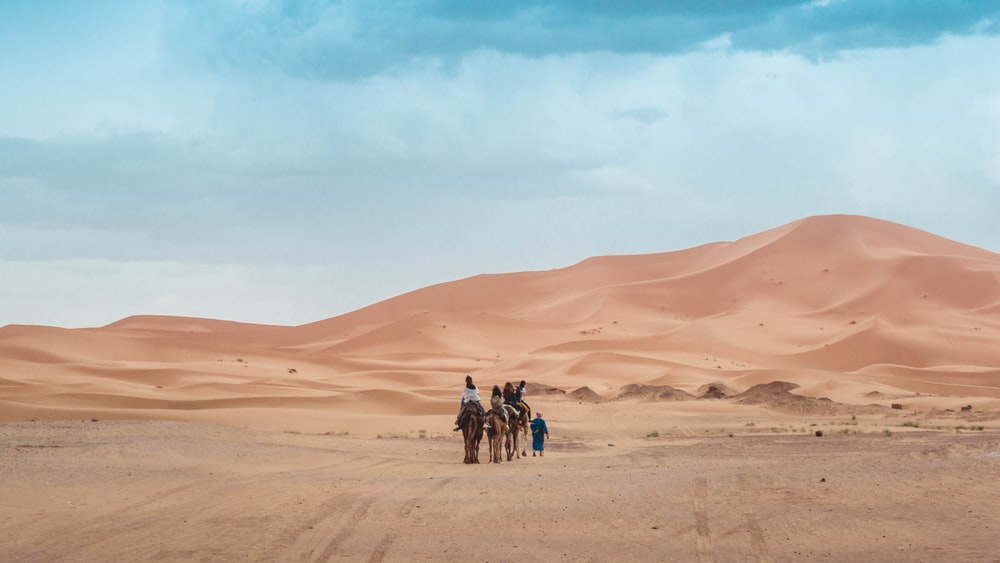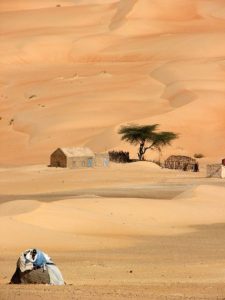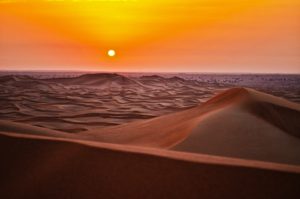Trends
Beauty in Borno Desert(Sambisa forest)
Despite the Boko-haram insurgency in the Borno desert (Sambisa forest), the desert has some beauty to behold

The Borno desert is also known as the Sambisa forest, is a forest in Borno State, northeast Nigeria. It is in the southwestern part of Chad Basin National Park, about 60 kilometres (37 mi) southeast of Maiduguri, the capital of Borno State.
The desert occupies parts of the states of Borno, Yobe, Gombe, Bauchi along the corridor Darazo, Jigawa, and some parts of Kano state farther north. It is administered by the Local government areas of Nigeria of Askira/Uba in the south, by Damboa in the southwest, and by Konduga and Jere in the west.
However, The climate of the desert is hot and semi-arid, with minimum temperatures of about 21.5 °C between December and February, a maximum of about 48 °C in May and average temperatures of about 28-29 °C. The dry season is from November to May and the wet season is between May and September/October with an annual rainfall of about 190 mm.
The desert has transformed from a game reserve for human and animal pleasure into a human abattoir of unimaginable proportions after the insurgency of Boko-Haram.

The journey of Boko Haram into the game reserve started about five years ago when they were removed from Maiduguri town by military forces. Finding nowhere else to launch their violent attacks from, they invaded the forest. They set up various camps in the forest and made Camp Zairo (Zero) their headquarters. It was from the various camps that deadly plans of attack were made.
However, despite the atrocities going on in the desert, the desert has beauty to behold

The beauty of the desert are as follow;
*The desert is the gateway for trade in agricultural products, livestock and textiles between the whole of northern Nigeria and the neighbouring countries of Cameroon, Chad, Niger, Sudan, Central African Republic and even the two Congos
* The desert has the most parts of the upper region of northern Nigeria Covering about 518 km² of landscape on flatland and drained by the Ngadda and Yedseram Rivers, Sambisa’s lush greenery could rightfully be called a pearl in the semi-desert environment
*The desert was home to a variety of wild animals such as bush elephants, leopards, lions, hyenas, baboons, monkeys of various species, and gazelle, as well as about 62 different species of birds
*The desert was also rich in flora such as acacia, baobab, rubber, tamarind, Terminalia, and date palm, to mention but few
*The desert also attracted tourists for safaris as at the 1970s

